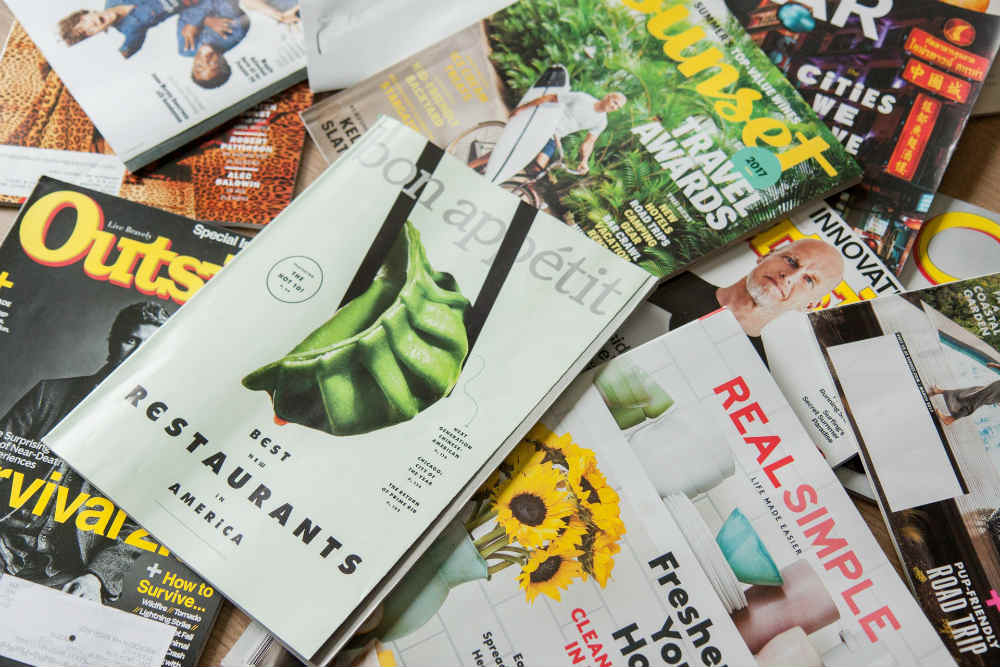18 Oct

If you’ve been in the writing niche for a while, you’ve probably read a feature news article or two. While writing runs the gamut of a range of topics, feature writing is no different.
So how is feature writing different from blog or content writing? The main ingredient is in how it dwells on the readers’ emotions. Most feature articles evoke emotions that make them fun to read over and over again.
Feature writing also differs from the editorial news articles which are considered ‘hard news.’ Instead, feature articles are more personal and involve compelling storytelling compared to just facts and a downright journalistic writing approach. Hence, the term ‘soft news’ when looking for a clear-cut definition for feature writing.
Contrary to popular belief that feature articles are bland, this is entirely untrue. Feature articles can cover a whole range of topics that can get readers riveted from start to finish.
Read on to find out the types of feature articles, feature article examples, and tips for writing your first feature.
Types of Feature Writing Articles

While feature writing has the same versatility in the topic choices, they are often classified into five. Here are the most common types of feature articles:
- Human interest. This type of feature article centers on matters that are affecting people or groups of people either positively or negatively.
- Profile features. This type looks into a person’s lifestyle and how impactful his or her actions are. Writers can choose a prominent or ordinary person for profile feature articles.
- How-to guides. Similar to content writing, feature writing can also venture into instructional write-ups. More often than not, successful people share their experiences and tips with readers.
- Insider insights. These feature articles are focused on matters that aren’t on the public radar yet. It can be a sneak peek on an event, problem, or even products and services that are in the works.
- Historical features. This type of feature writing article sheds light on a historical journey of a people, group, or country. This may also involve crafting a ‘before and after’ development to educate unknowing people.
Examples of Feature Articles

A lot of magazines feature some articles on their pages. And one common denominator these articles have is an intriguing storyline.
This example from The New York Times is a profile feature for the late NHL Canadian ice hockey player, Derek Boogaard. It talks about his journey from being bullied when he was a kid to how his constant fights caused several head traumas. And finally, a drug addiction that took his life.
Another example is The Guardian’s human interest feature that covers an identity theft issue. However, as you read deeper into the article, you’ll realize how enlightening Lisa Davis’ story is after meeting another Lisa Davis. The second Lisa Davis has been the root cause of the other Lisa Davis’ recent trips to the courthouse for traffic violation tickets.
Entrepreneur Magazine also has several feature articles in its belt. This one is a success story and instructional feature of two brothers disrupting the hospitality industry. They also offer several tips to those who are on the same path.
10 Tips to Writing Feature Articles

1. Choose a topic
Choose a captivating topic. Better yet, pick an issue or trend that’s all the rage online and build your article around it. Put your twist that will give readers an “AHA” moment. By choosing a topic, you can categorize the type of feature article you’ll work on.
2. Determine your readers
Figure out for which publication you want to write. Then research on its audience so you’ll know the right terminologies and jargon to use. As with any other writing project, knowing who your readers are is crucial for an engaging feature.
3. Do thorough research
Feature articles need thorough research. In fact, it might even need comprehensive interviews to get concrete facts out there. Make sure you know the who, where, when, why, and how before crafting your article.
4. Organize your story properly
Since feature writing differs from journalism writing, feature article writers don’t have to follow the inverted pyramid format. However, make sure you know every angle of your story so you can organize every paragraph in a way that lets readers process the narrative thoroughly.
5. Use an intriguing title
One way to let users click on your feature is when your title makes them. For instance, the abovementioned feature has a headline titled, “For 18 years, I thought she was stealing my identity. Until I found her.” Firstly, the title invokes emotions right off the bat. Secondly, readers would want to find out what happens after the writer ‘found her.’
6. Use fresh, powerful words
In the world of writing, we all know how vital it is to show and don’t tell. Using overused adjectives could strip off the edge in your article. It’s also a way of getting away with describing a particular situation meticulously. Use fresh and powerful words that make an impact.
7. Avoid fluff
Feature articles are mostly long-form content. The last thing you want is to bore your readers to death. Make sure every line, sentence, and paragraph count. Try not to beat around the bush. But create suspense and doubt that will leave readers to scroll until the end.
8. Improve flow through transition words
Make sure you use enough transition words to make for a smooth flow from start to finish. Transition words and phrases are effective in making your feature article coherent.
9. Vary your sentence lengths
One way to up your storytelling game is to vary your sentence lengths. Varying sentence lengths create a punchy rhythm that makes your article more engaging. This also prevents monotony that will possibly bore your readers.
10. Proofread more than once
The last thing you want your readers to notice in your feature writing article are syntax errors, grammatical blunders, or spelling mistakes. Always make sure you proofread more than once. You can proofread after writing the article then leave it for a couple of hours before proofreading again and again. The article will be ready for submission when it’s flawless, and you’ll feel that in your heart.










